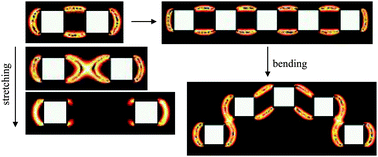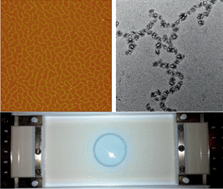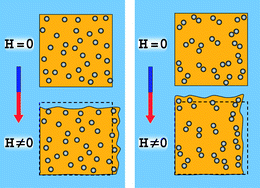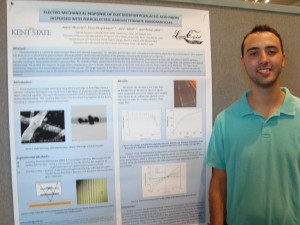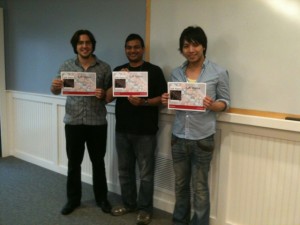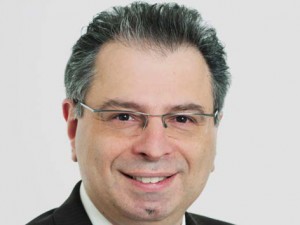This month sees the following articles in Soft Matter that are in the top ten most accessed in August:
Editorial: dynamics and rheology of complex fluid–fluid interfaces
Gerald G. Fuller and Jan Vermant
Soft Matter, 2011, 7, 7583-7585
DOI: 10.1039/c1sm90055b
Peptide nanotubes: molecular organisations, self-assembly mechanisms and applications
Céline Valéry, Franck Artzner and Maité Paternostre
Soft Matter, 2011, Advance Article
DOI: 10.1039/c1sm05698k
Janus particles
Andreas Walther and Axel H. E. Müller
Soft Matter, 2008, 4, 663-668
DOI: 10.1039/b718131k
Templated self-assembly in three dimensions using magnetic levitation
Filip Ilievski, Katherine A. Mirica, Audrey K. Ellerbee and George M. Whitesides
Soft Matter, 2011, 7, 9113-9118
DOI: 10.1039/c1sm05962a
Photoresponsive polymersomes as smart, triggerable nanocarriers
Etienne Cabane, Violeta Malinova, Sindhu Menon, Cornelia G. Palivan and Wolfgang Meier
Soft Matter, 2011, 7, 9167-9176
DOI: 10.1039/c1sm05880k
Adsorption of core-shell nanoparticles at liquid–liquid interfaces
Lucio Isa, Esther Amstad, Konrad Schwenke, Emanuela Del Gado, Patrick Ilg, Martin Kröger and Erik Reimhult
Soft Matter, 2011, 7, 7663-7675
DOI: 10.1039/c1sm05407d
Multicomponent hydrogels from enantiomeric amino acid derivatives: helical nanofibers, handedness and self-sorting
Bimalendu Adhikari, Jayanta Nanda and Arindam Banerjee
Soft Matter, 2011, 7, 8913-8922
DOI: 10.1039/c1sm05907f
Hydrophilic and superhydrophilic surfaces and materials
Jaroslaw Drelich, Emil Chibowski, Dennis Desheng Meng and Konrad Terpilowski
Soft Matter, 2011, Advance Article
DOI: 10.1039/c1sm05849e
Short peptide based hydrogels: incorporation of graphene into the hydrogel
Bimalendu Adhikari and Arindam Banerjee
Soft Matter, 2011, 7, 9259-9266
DOI: 10.1039/c1sm06330h
Self-assembly of designer biosurfactants
Debora Berti, Costanza Montis and Piero Baglioni
Soft Matter, 2011, 7, 7150-7158
DOI: 10.1039/c1sm05197k
Why not take a look at the articles today and blog your thoughts and comments below.
Fancy submitting an article to Soft Matter? Then why not submit to us today or alternatively email us your suggestions.
Comments Off on Top Ten most-read Soft Matter articles in August
 “Biomaterials are often soft materials. There is now growing interest in designing, synthesizing and characterising soft materials that mimic the properties of biological materials such as tissue, proteins, DNA or cells…” Read the full Editorial by Guest Editor, Ian Hamley.
“Biomaterials are often soft materials. There is now growing interest in designing, synthesizing and characterising soft materials that mimic the properties of biological materials such as tissue, proteins, DNA or cells…” Read the full Editorial by Guest Editor, Ian Hamley. 










